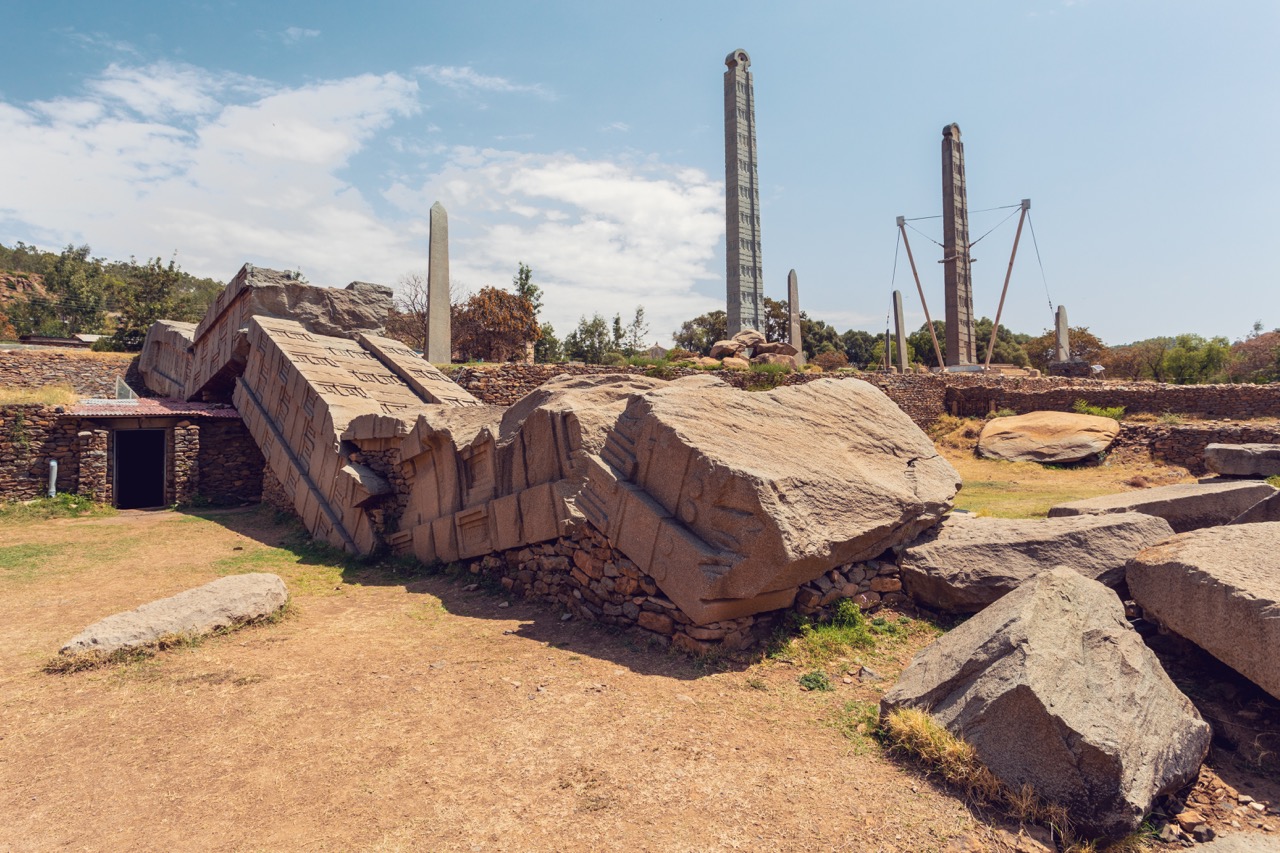The Sultanate of Ifat was a Muslim state in modern-day Ethiopia and Somaliland. It briefly existed for less than 150 years between the 13th and early 15th centuries in the Horn of Africa. During its short existence, it was in a never-ending military conflict with neighboring states and countries.
Rise of the Sultanate of Ifat
The alleged year of the founding of the Sultanate of Ifat is said to be 1285. This was a turbulent period in the history of this region, as was a constant fight between the two main religions – Christianity and Islam. Apparently, this was the most convenient time for the founding ruler of Ifat – Sultan Umar Walashma, to establish his own state at a time when the neighboring countries would be too preoccupied to stop him. He convinced the free Muslim communities in the region to unite into a single entity and founded the Sultanate of Ifat.
During these times, the newly-founded Christian Ethiopian Empire was attempting a series of military conquest that had the purpose of increasing the Christian influence in the region and consolidating their rule. As an attempt to make the Muslims in the regions stronger and unite them into a single entity, Sultan Umar Walashma responded with his own military acts. However, they were mainly focused on the neighboring Sultanate of Showa, which was soon defeated in 1286. This was the beginning of the new Sultanate of Ifat and the establishment of the Walashma dynasty, which later ruled the region for several centuries.
The Unfortunate Future of the Sultanate of Ifat
Unfortunately for the new Sultanate, it was founded at a time of continuous religious war that continued for centuries. It did not end even during the reign of the Adal Sultanate, which succeeded Ifat after 1415.
Although it was a free and independent country, Ifat was always overshadowed by the powerful Ethiopian Empire from the North and the Ajuran Empire from the South. In fact, the rulers of the Christian kingdom of Ethiopia would often force themselves over the Muslim state of Ifat and force them into something close to allegiance.
Conflict with the Ethiopian Empire
It all began with a conflict between the empire and Egypt in 1320. In order to stop the emergence of Christianity in Egypt, Sultan Al-Nassir Muhammad of Egypt was persecuting anyone who was not a Muslim.
As a result, Emperor Amda Seyon I of the Ethiopian Empire sent a threat to retaliate by starving his Muslim subjects to death. This threat forced the ruler of Ifat to start a series of military acts against the Christian empire. He invaded a Christian kingdom within the empire, burned churches, forced apostasy to enslaved Christians, and etc.
The response of the Christian emperor was, of course, military force. He invaded several large regions of the Sultanate of Ifat that were inhabited by Muslims and soon conquered the entire Ifat in 1328.
When it comes to this part of the story, the versions vary from each side. Christian sources claim that the emperor conquered Ifat through a series of war victories while Muslim historians have written that it was quite the opposite.
From what we know and believe, Ifat was made tributary to the Ethiopian Empire and continued to be one until its end in 1415.
Rebellions & End of the Sultanate
In the decades after 1328, Ifat was always revolting against the Ethiopian Empire. In fact, the sultan who initially started the rebellions, Sabr ad-Din, claimed that he wanted to conquer entire Ethiopia and rule over a Muslim empire.
Over the years, many smaller sultanates and Muslim communities joined the forces of Ifat but, obviously, did not succeed. In fact, maybe this was the sole reason why they couldn’t drive the Ethiopian forces away. The armies of Ifat consisted of so African ethnic groups and people from different regions that it was never a perfectly united force. Even then, there was a language barrier and also a cultural barrier. They were all Muslim, but they did not live the same lives. Perhaps, if the armies of the Sultanate acted as a unity, history would have been different today.
With a series of battles and conquests, Emperor Amda Seyon, I put down all the rebellions and forced the sultan to surrender. It is curious that he did not have him killed despite the demands of his people but instead left him alive in the act of clemency.
The rebellion did not end, however, as other forces soon began their attacks on the empire. The campaign continued for decades until the Sultanate of Ifat was finally put to an end by the expansion of the Ethiopian Empire and the emergence of the Adal Sultanate in 1415.



